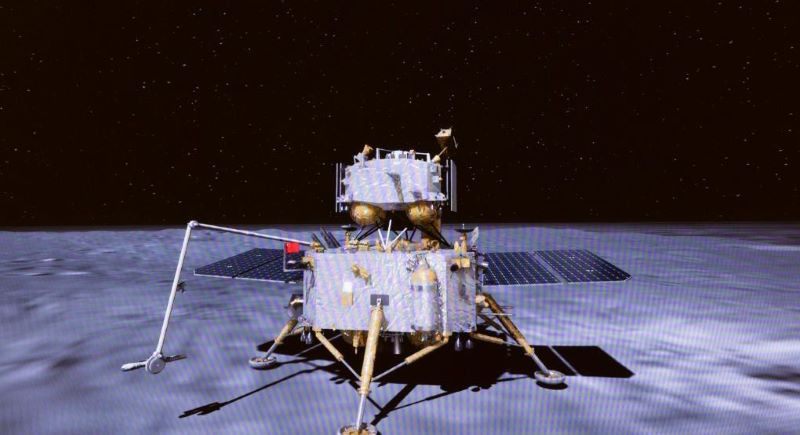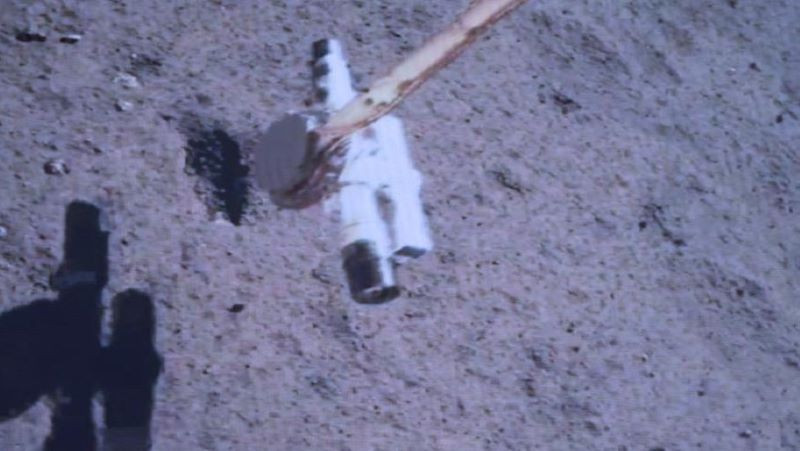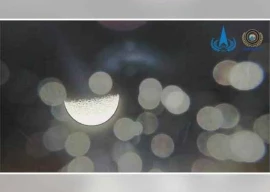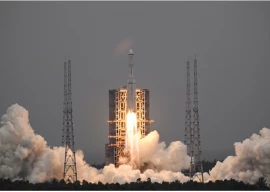
China's Chang'e-6 probe has lifted off from the far side of the moon, starting its journey back towards Earth, China's national space agency announced on Tuesday.
The probe's successful departure from the moon means China is closer to becoming the first country to return samples from the far side of the moon, which permanently faces away from Earth.
The probe, which departed the moon at 7:38 am local time (2338 GMT) successfully completed its sample collection from June 2-3.

China National Space Administration (CNSA) said in a statement that Chang'e-6 "withstood the test of high temperature on the far side of the moon".
Compared with its predecessor Chang'e-5, which retrieved samples from the near side of the moon, Chang'e-6 faced an additional technical challenge of operating without direct communications with ground stations on Earth, according to CNSA.
Instead, the probe relied on relay satellite Queqiao-2, put into orbit in April, for communications.
Read: China's lunar probe could return with answer to origins of solar system
The probe used a drill and robotic arm to dig up soil on and below the moon's surface, according to state news agency Xinhua.
Chang'e-6 displayed China's national flag for the first time on the far side of moon after sample acquisition, Beijing Daily said.
The probe is now in lunar orbit and will join up with another spacecraft in orbit, CNSA said on Tuesday morning.
The samples will then be transferred to a return module, which will fly back to Earth, with a landing in China's Inner Mongolia region expected around June 25.

The return of the lunar samples to Earth is being followed by scientists around the world, who hope the soil collected by the Chang'e-6 can help answer questions about the origins of the solar system.
The mission has also been closely followed domestically as a source of national pride. Last month, thousands of tourists flocked to different viewing spots in the southern island province of Hainan to watch Chang'e-6's launch.
Pictures of a hole left on the lunar surface from the sample digging by Chang'e-6 went viral on Tuesday on Chinese social media platform Weibo after state broadcaster CCTV said the hole was shaped like the character "zhong", a nod to the Chinese word for China, "zhongguo".
1737495869-0/Justin-(1)1737495869-0-405x300.webp)


1737490713-0/Elon-(3)1737490713-0-165x106.webp)




1737274461-0/Express-Tribune-(1)1737274461-0-270x192.webp)







1737452260-0/Gaddafi-stadium-(2)1737452260-0-270x192.webp)










COMMENTS
Comments are moderated and generally will be posted if they are on-topic and not abusive.
For more information, please see our Comments FAQ